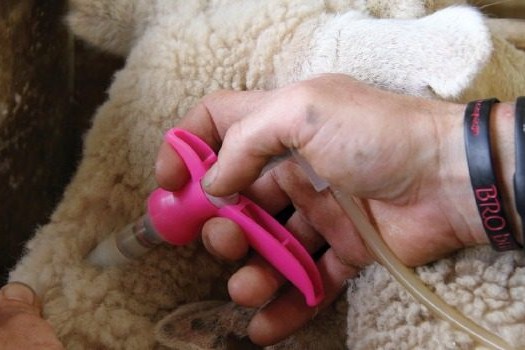There has never been so much chatter about vaccine effectiveness, boosters and types. So much emotion has accompanied much of this chatter that you could well imagine that vaccination was something new.
We have been using vaccines as we know them now for well over 200 years. They have been extraordinarily successful in suppressing many diseases. In fact they have been instrumental in exterminating some diseases such as smallpox.
Animal vaccination is only slightly more recent than when human vaccination began. Since then for our livestock we have a multitude of vaccines covering all forms of pathogens. Bacterial and viral are the most common. In general these vaccines are very effective.
Much of the recent vaccine chatter has been about the effectiveness of vaccines to prevent spread. Most of the vaccines used in people and animals are very good at preventing disease.
Minimising spread is a secondary benefit, but an essential one for slowing an outbreak.
No vaccine will totally prevent spread. But for many of the vaccines that we use in livestock minimising the spread is a vital component of their effectiveness.
The Salmonella vaccine that we give to sheep does protect the vaccinated ewe but also dramatically drops the level of bug being excreted by that ewe. For a disease that thrives in a contamination/exposure cycle, slowing the source slows the outbreak.
The Leptospirosis vaccine used in cattle breaks that infection cycle by almost stopping the excretion of Leptospira in the urine, even though the animal can still be carrying the bug. The major benefit of the Johnes vaccine used in sheep and cattle is its effectiveness in almost stopping the excretion of Johnes bacteria in the faeces and so breaking the cycle of infecting newborns.
The scour vaccines used for preventing enteric infection outbreaks in calves are very much based on lowering the amount of bug in the environment. As well of course giving protection to the vaccinated calf.
Compare this to Clostridial vaccines. Our standard 5 in 1 vaccine that we have used forever is effective because it prevents disease. Spread of the disease is not in the equation. The reproductive vaccines used in sheep against Toxoplasmosis and Campylobacter give their protection by preventing disease.
Vaccines which can fail
Most of the vaccines we use are very effective. There are two that stand out as giving varying protection. Scabby Mouth vaccine is one, not because the vaccine is lacking in quality but because of administration error. Maybe there is a component of genetic difference between populations of that virus that tests the vaccine.
Toxovax is a vaccine that not uncommonly fails. Sometimes that is because there is an extremely high challenge driven by the huge wild cat populations in some places. But Toxovax is probably the only vaccine, the effectiveness of which can be obliterated if the vaccine is not managed properly.
To be fully effective it must be administered into the muscle. No other vaccine is so sensitive to that. We generally avoid intramuscular vaccination in our livestock because of the increased risk of vaccine site reactions.
Maybe they all work better into the muscle when we see that all of the vaccines that we get from being babies to now are given into the muscle, but in a much more sterile environment than that in the yards. Toxovax is also very sensitive to how it is mixed up and how long it lasts. So little wonder that it not being fully effective is a consequence of it not being treated well.
Vaccines that rely on protection of the target animal being via colostrum puts a potential barrier to vaccine effectiveness. The protection given by vaccinating ewes with 5 in 1 just before lambing is totally via colostrum. It is a proven pathway for giving protection to lambs that is not there if the lambs get no or little colostrum.
We know that light and/or underfed ewes at lambing produce less colostrum. Yet we do not alter the protection that we give the lambs. Maybe this is why doubling up on 5 in 1 giving it to both ewes pre lamb and lambs at docking is so common. Does it reflect how well ewe flocks are managed? Many of the deaths in orphan lambs have a lack of colostrum cause behind it.
Vaccine policies on farms rarely change. They should be reviewed at least every two years, if not more frequently. The performance of each stock class, the level of losses either as deaths or lost pregnancies and vaccine options would be in that review. As for all inputs into our systems though, reviewing should look at the whole system and all inputs, not one aspect in isolation.





